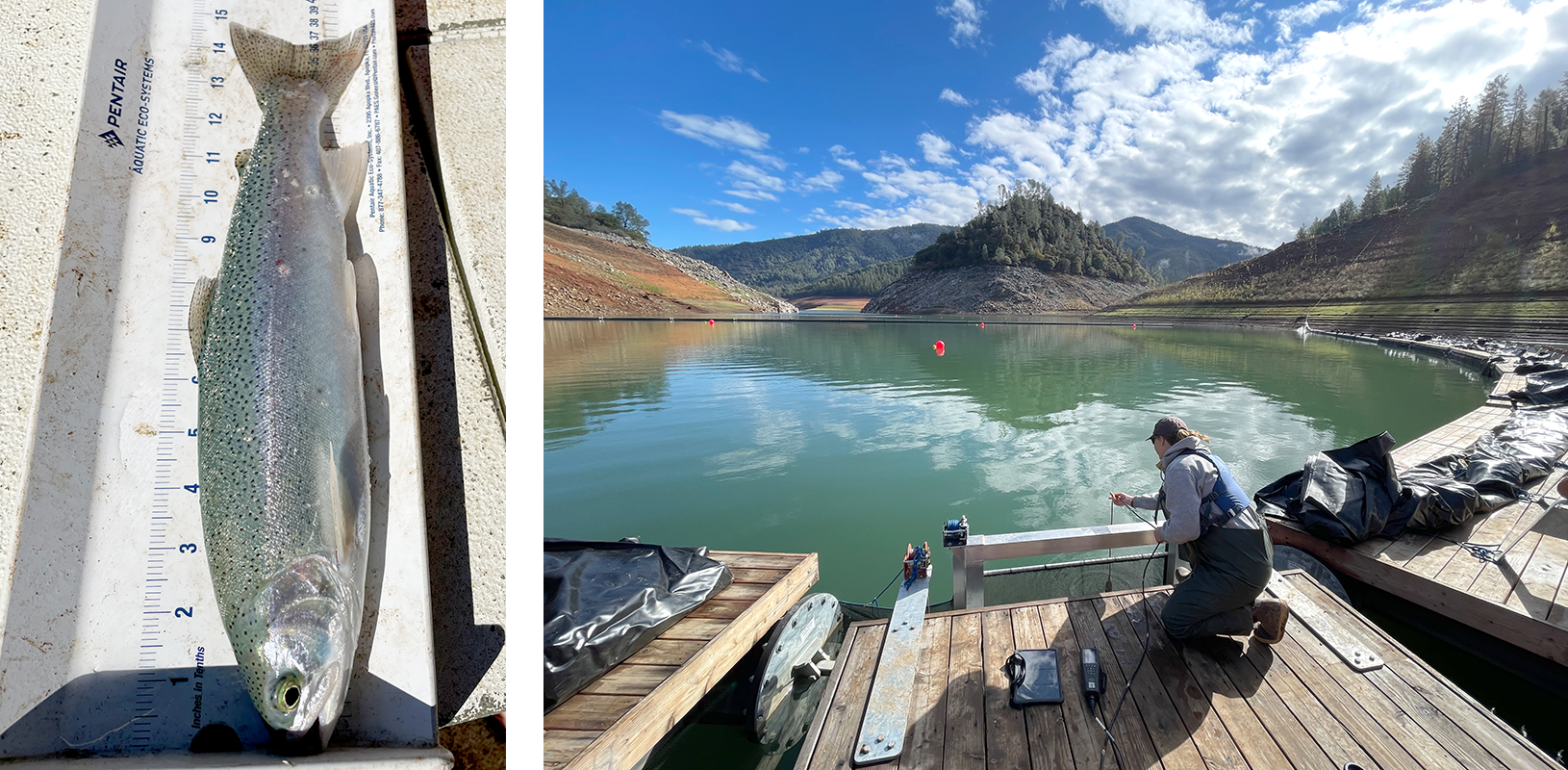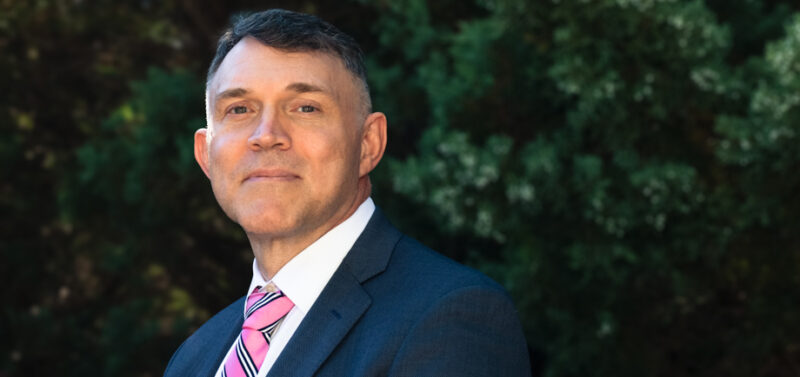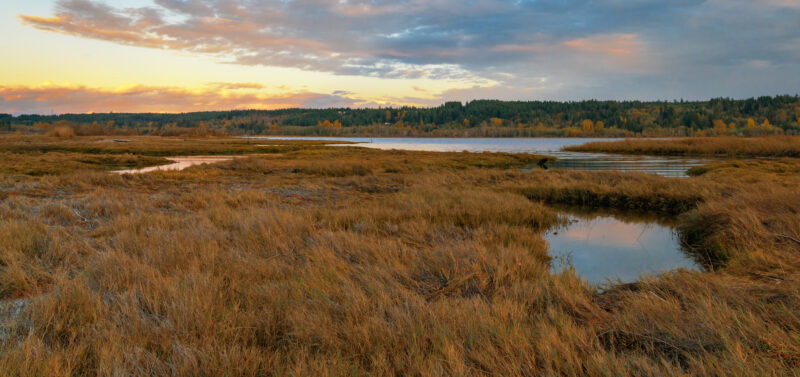Neal has spent more than two decades helping airports tackle complex environmental and planning challenges....
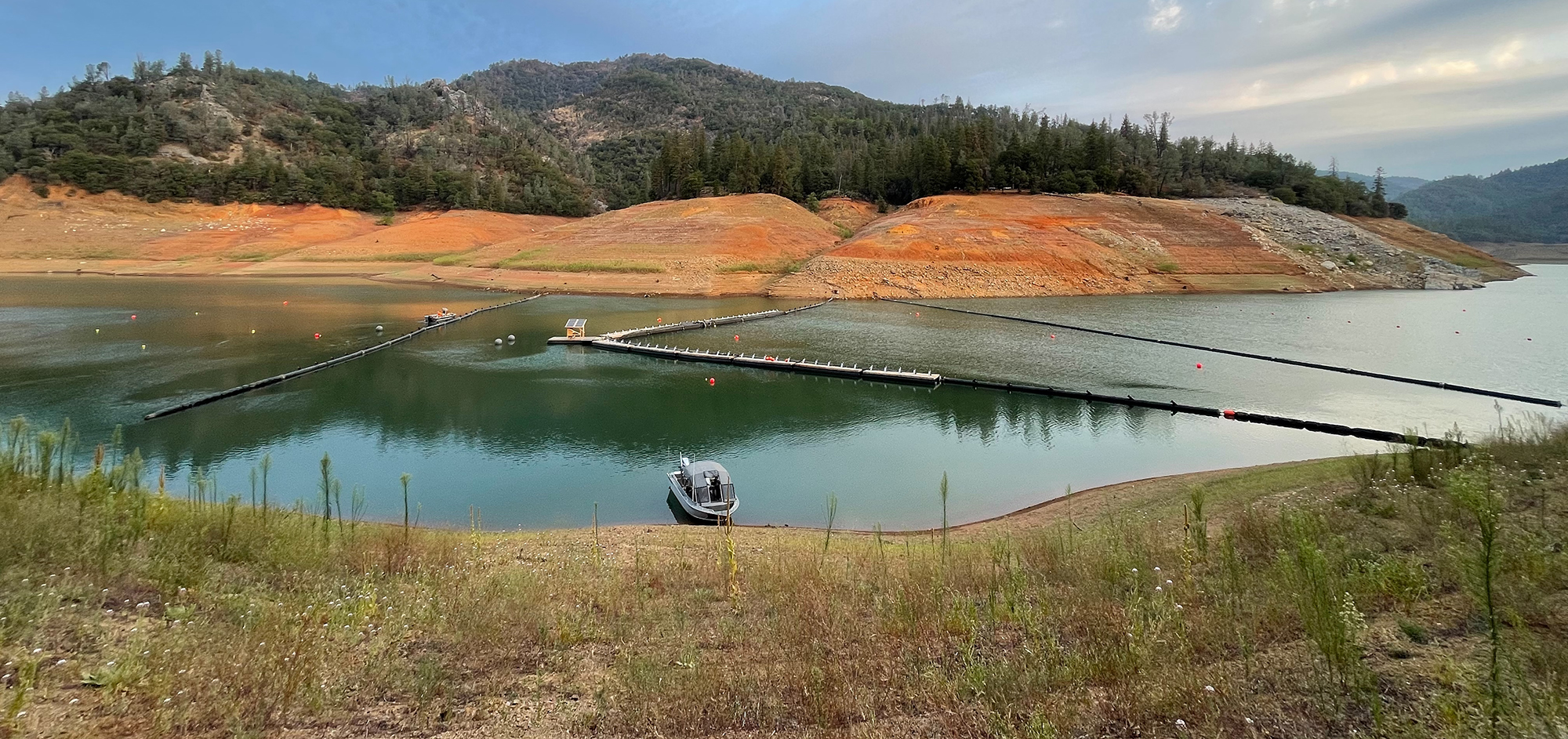
Juvenile Salmonid Collection System
The Juvenile Salmonid Collection System (JSCS) project aims to evaluate the effectiveness of a novel head-of-reservoir juvenile salmon collector, designed to support efforts to reintroduce salmon to their natal waters above large dams.
Why does this project matter?
This project supports efforts to return Winter-Run Chinook Salmon to the Winnemem Waywaket (McCloud River), providing the endangered fish access to high-quality rearing habitat currently blocked by Shasta Dam. Returning Winter-Run Chinook Salmon to the Winnemem Waywaket (McCloud River) is a monumental step in reconnecting this ecologically, culturally, and spiritually important fish with their native habitat and with the indigenous people who honor them.
What is ESA doing to help?
ESA is supporting the California Department of Water Resources (DWR) with several aspects of this multi-year project. ESA staff are working in collaboration with DWR, the California Department of Fish and Wildlife, NOAA National Marine Fisheries Service, the Winnemem Wintu Tribe, the U.S. Forest Service, UC Davis, and others to ensure that the collection system is designed and operated in a way that allows for important scientific questions to be answered, while being respectful to sensitive cultural and biological resources in the area. In collaboration with project partners, ESA staff are developing and implementing a broad Science Plan by implementing a series of individual annual study plans that assess the effectiveness of the Juvenile Salmonid Collection System across a range of environmental and hydrologic conditions. Our project team, consisting of fisheries biologists, hydrologists, geomorphologists, tribal and cultural resources specialists, and data scientists, began their involvement several years ago with the design and planning phases of this effort and it continues now with a second season of field implementation (autumn 2023), data analysis and reporting.
Connect with our team
"The benefits of undertaking this effort will be felt by the people, plants, and animals that call this region home—returning these fish to the Winnemem Waywaket landscape is the right thing to do."
Details
Location McCloud, California
Market Water
Services
Fish and Aquatic Sciences
Watershed Assessment & Management
Climate Change Adaptation
Archaeology
Adaptive Management
Agency Consultation & Coordination
California Environmental Quality Act (CEQA)
River Engineering & Management
Custom Application Development
Geospatial
Unmanned Aerial Vehicles (UAV)
Notable
This project is the first of its kind.
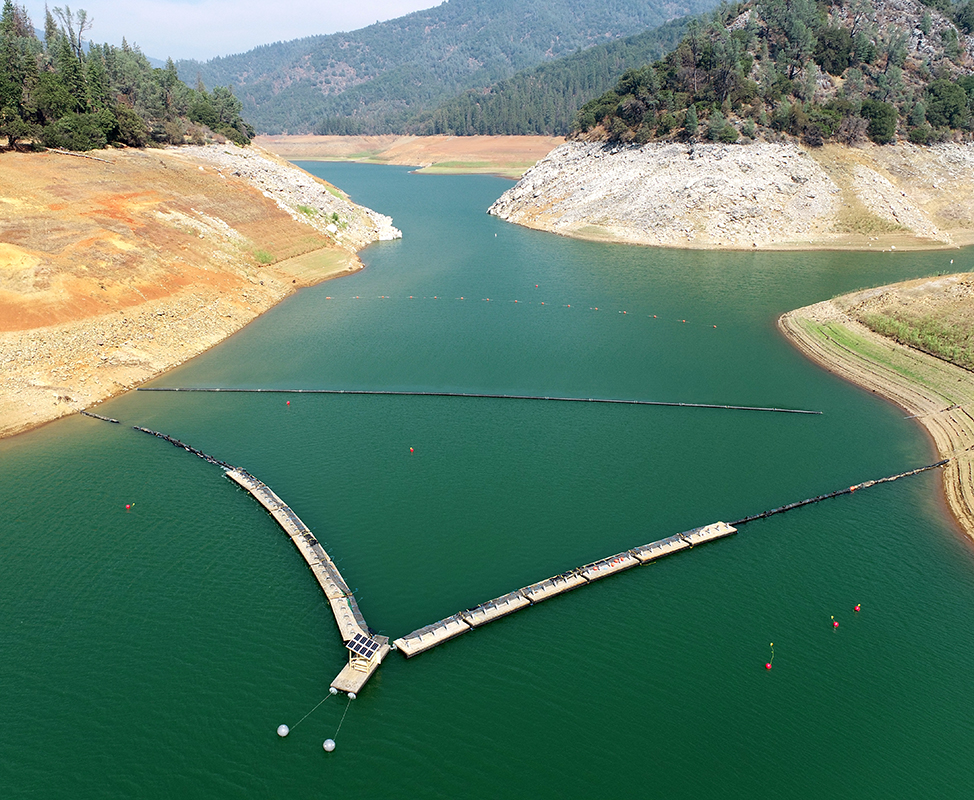
DCIM100MEDIADJI_0032.JPG
News & Ideas
The four proposed rules could amount to a substantial weakening of one of the United...
If finalized, the Waters of the United States Proposed Rule would reduce the geographic extent...
ESA’s federal strategy and NEPA experts have been staying abreast of the shifts in federal...
As we kick off 2026, our federal policy and permitting experts are hitting the road...
The following speech was delivered on November 7, 2025, in Salt Lake City, at The...
